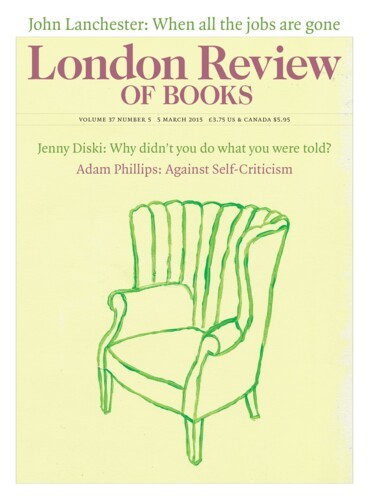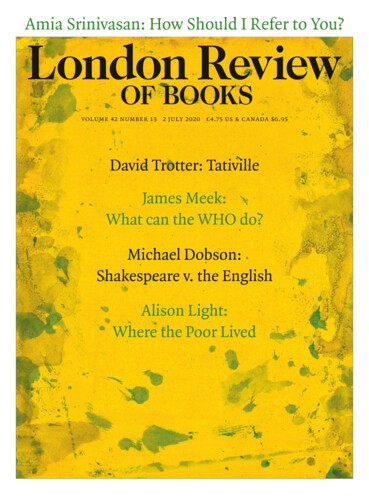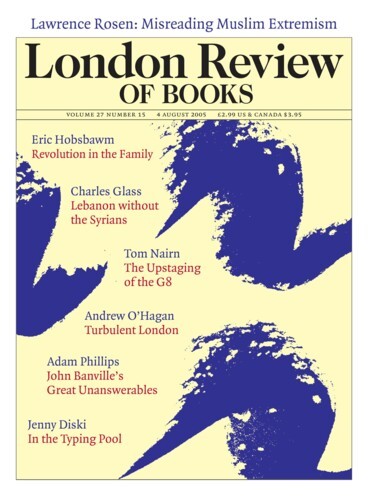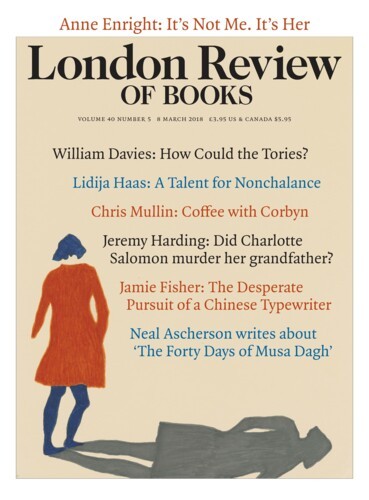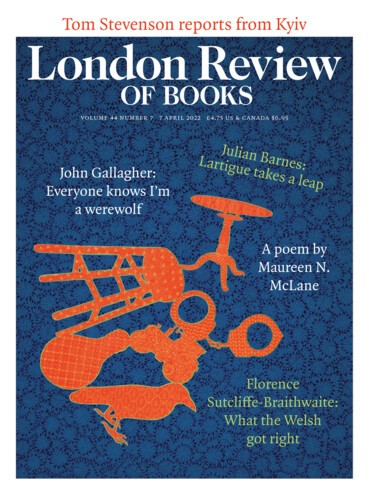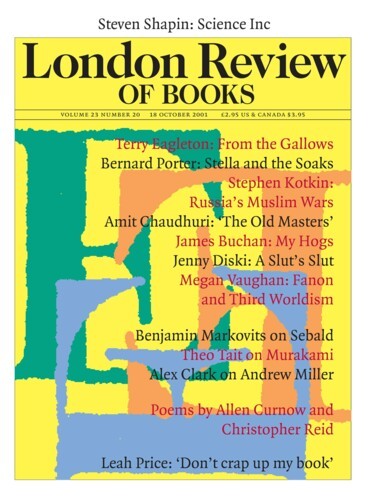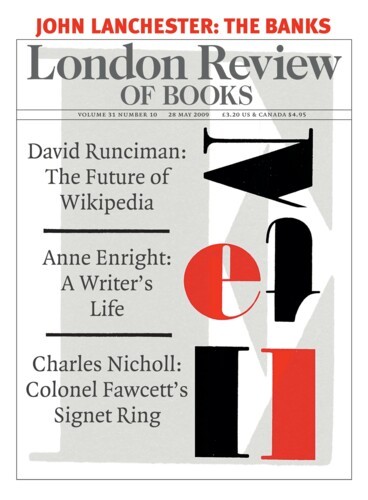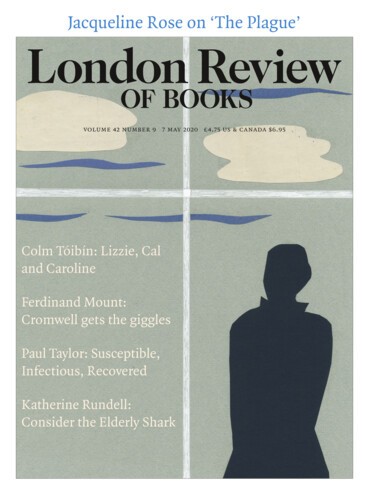Diary: My Typewriters
Will Self, 5 March 2015
For some time an urge had been growing in me to write on a manual typewriter. I didn’t know why exactly but it felt a strangely inappropriate lust, possibly a form of gerontophilia. I disinterred my mother’s old Olivetti, dusted it off, and resolved to type my daily word count, Blu-Tack the sheets to the scarified wallpaper of my Liverpool gaff, and invite the other residents up to view them.
